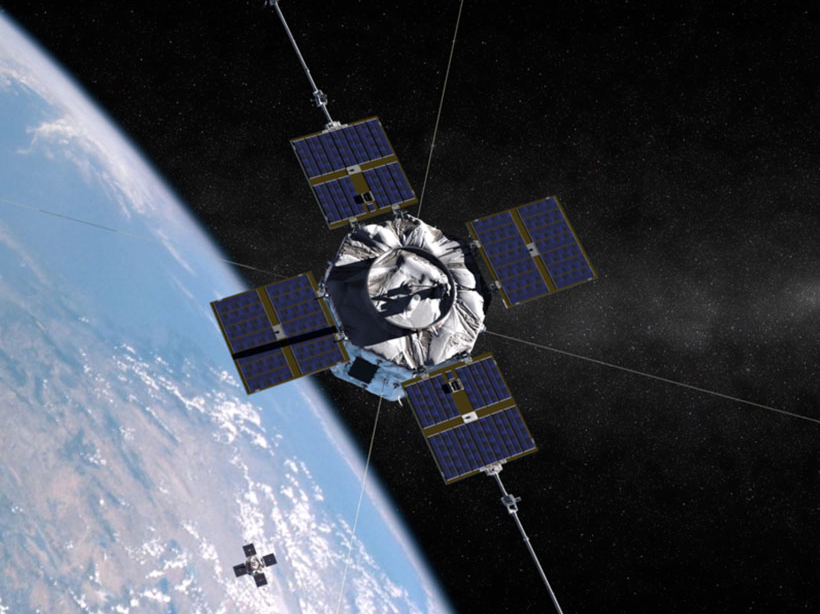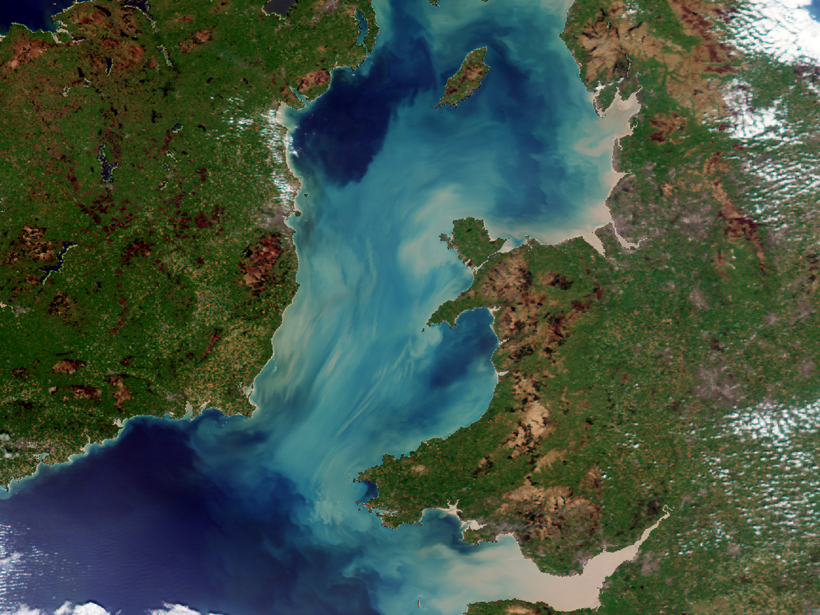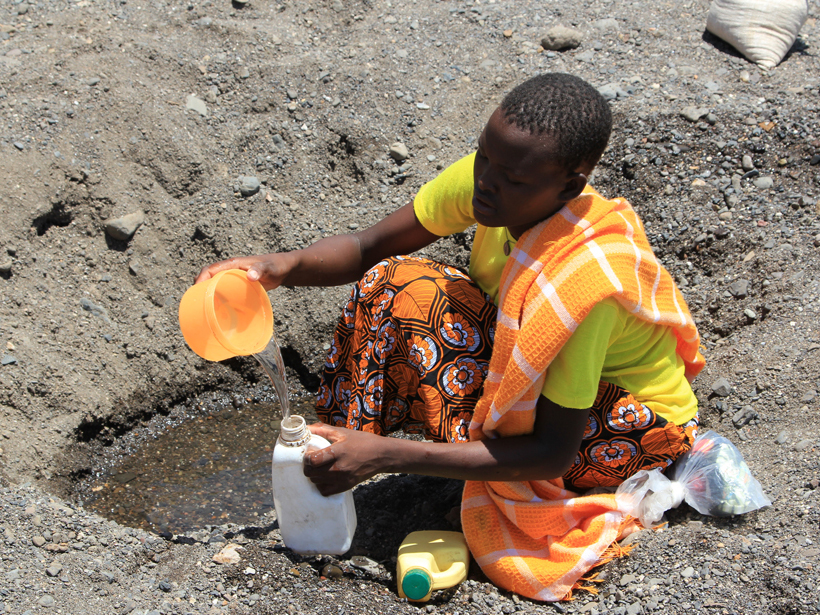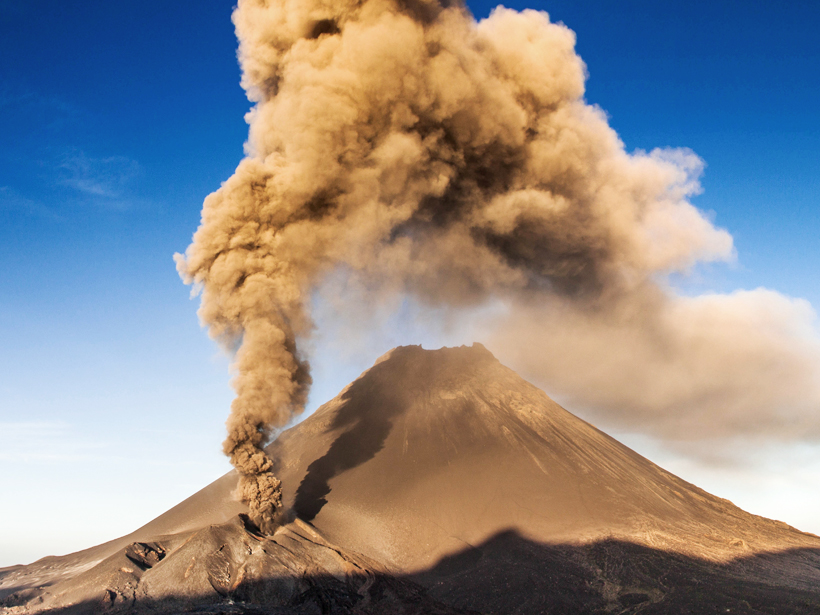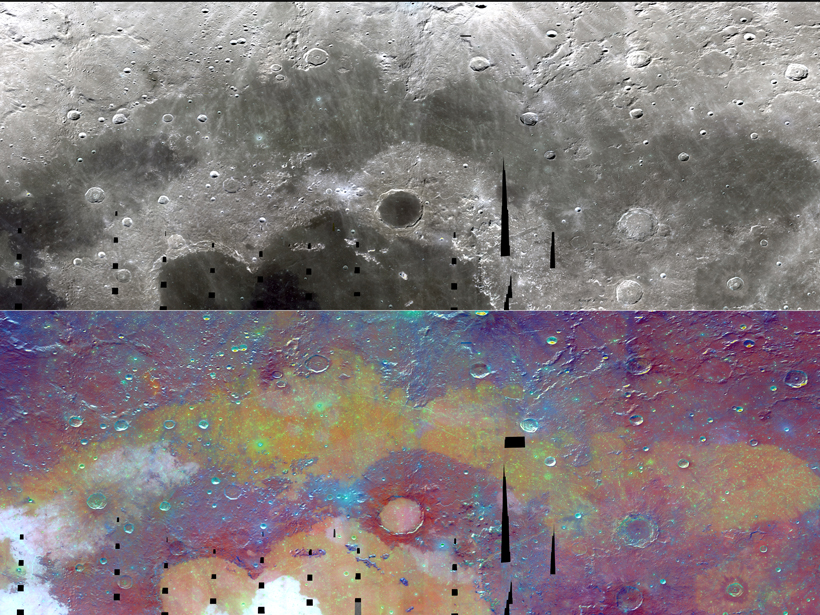Sentinel-1B will move to a new orbit on the other side of our planet from its sister spacecraft Sentinel-1A.
satellites
Radiation Belt Processes in a Declining Solar Cycle
The Van Allen Probes began an extended mission in November to advance understanding of Earth's radiation belts.
Satellite Shows Earth's Magnetic Field Bent During a Solar Storm
When solar storms strike, they weaken Earth's defenses against harmful radiation. New satellite measurements reveal just how much.
New GPS Satellite Technique to Monitor Ionospheric Disturbances
Researchers are developing better ways to use satellites to understand space weather events that can interfere with technology.
Students, Meet Data
Lessons that incorporate publicly available data from Earth observing sensors can expose students to the thrill of scientific discovery.
New Weather Satellite Captures Sea Surface Temperatures
A new algorithm improves the accuracy of Pacific and Indian Ocean surface temperature measurements by the Japanese geostationary satellite Himawari-8.
Satellites Reveal Dynamics of Suspended Mineral Particles
A case study of the Irish Sea evaluates the use of ocean color data to measure the optical properties of sedimentary particles in offshore waters.
Precipitation Data Key to Food Security and Public Health
2015 Global Precipitation Measurement (GPM) Mission Applications Workshop; Hyattsville, Maryland, 9–10 June 2015
Radar Technique Shows Magma Flow in 2014 Cape Verde Eruption
The European Space Agency's Sentinel-1 satellite captures volcanic surface changes that reveal the flow below.
Satellites Reveal the History of the Moon's "Frigid Sea"
The history of aluminum-rich basalts in Mare Frigoris may help scientists better understand the evolution of the lunar mantle.


